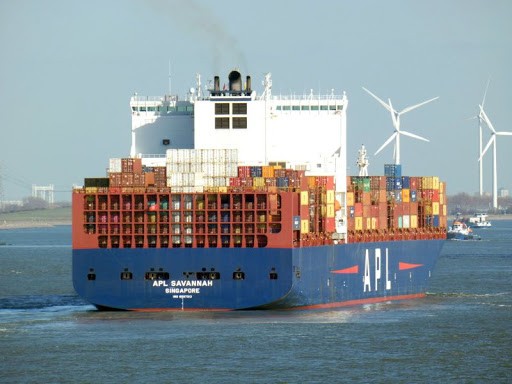(VOVWORLD) - Despite a record rise in the number of COVID-19 cases and deaths globally, the world economy is showing signs of recovery led by trade. But major international financial institutions are warning of risks and uncertainty.
 Global trade flow began to pick up sharply in the middle of 2020 as sea and air transport reopened (Photo: taichinhdoanhnghiep.net.vn) Global trade flow began to pick up sharply in the middle of 2020 as sea and air transport reopened (Photo: taichinhdoanhnghiep.net.vn) |
Global trade recovering rapidly
Global trade is bouncing back at a much faster rate than after the 2008-2009 financial crisis. According to the Netherlands Bureau for Economic Policy Analysis (CPB), cross-border flow of goods in the third quarter increased 12.5%, the fastest increase in 20 years.
Global trade flow began to pick up sharply in the middle of this year as sea and air transport reopened, and demand for consumer goods also increased rapidly. Trade has fared well since the end of the third quarter. Purchasing managers surveyed at factories around the world said that export orders rose in October. Container traffic measured by Germany’s Leibniz Institute of Economic Research and the Institute of Shipping Economics and Logistics posted a record high in October. In a recent report, the World Trade Organization (WTO) said trade flow has returned to its long-term average, signaling that the recovery is likely to be maintained.
Economists have attributed the global trade rebound to China, the world's second largest economy, dubbed as the world's factory. Thanks to its early control of the pandemic, China quickly restored production and boosted exports. China's GDP grew 0.7% from January to September and 4.9% in the third quarter, one of the few economies with positive growth.
Risks remain
Kristalina Georgieva, Managing Director of the International Monetary Fund (IMF), said last week that “countries have started to climb back from the depths of the COVID-19 crisis. But the resurgence in infections in many economies shows just how difficult and uncertain this ascent will be.”
|
 Kristalina Georgieva, Managing Director of the International Monetary Fund (IMF) Kristalina Georgieva, Managing Director of the International Monetary Fund (IMF)
(Photo: AFP/VNA)
|
There are huge differences in the recovery momentum between geographic regions. Trade recovery in China and developing countries in Asia is strongest, while the US and Europe lag behind. According to CPB data, exports from China and developing countries in Asia surpassed their pre-pandemic levels in September, while exports from the US fell 9% and from the Eurozone 2.6%. The WTO said global trade growth is likely to slow in the fourth quarter as pent-up demand is exhausted and inventory restocking is completed.
In the US, the world’s largest economy, the Conference Board Consumer Confidence Index declined in November, after remaining relatively flat in October, suggesting that growth has slowed in the fourth quarter. The Conference Board Economic Forecast predicts the real economic growth in the US will rise 2.2% in the fourth quarter. This deceleration in the recovery follows a contraction of 5% in the first quarter, a contraction of 31.4% in the second quarter and a rebound of 33.1% in the third quarter.
The downside is that the US economy is slowing down just as the government's 3 trillion USD bailout package expires and a new bailout package is not expected before the new President takes office on January 20. The US has been the most severely affected by the pandemic, as it ranks first in the world in both infections and deaths.